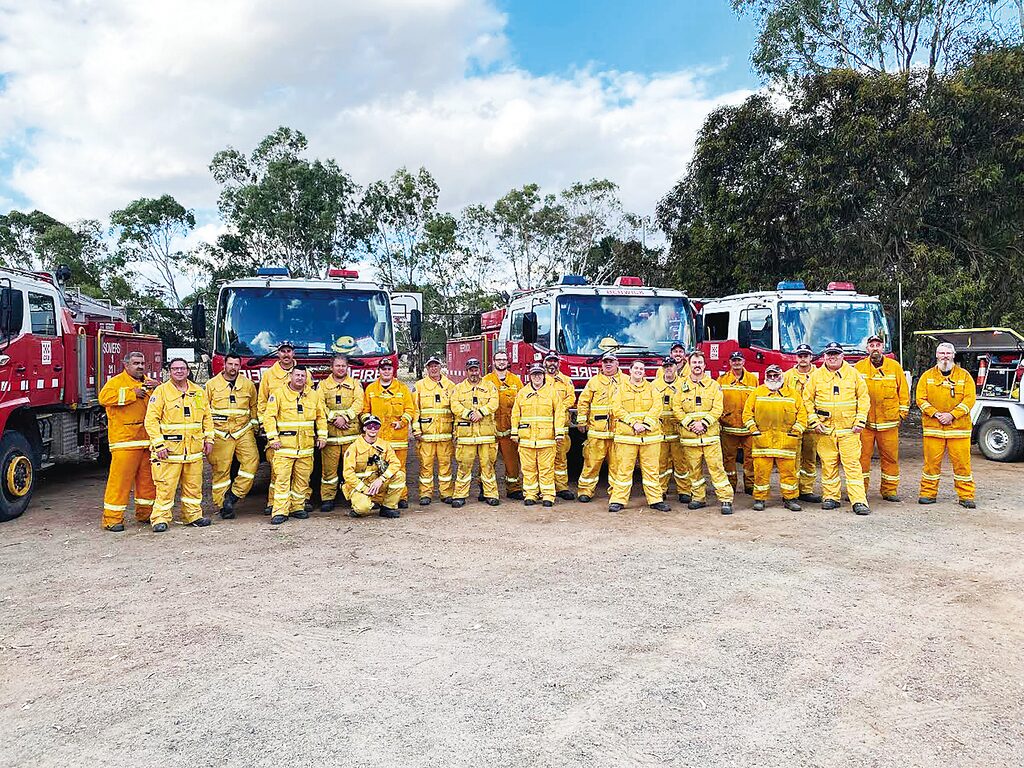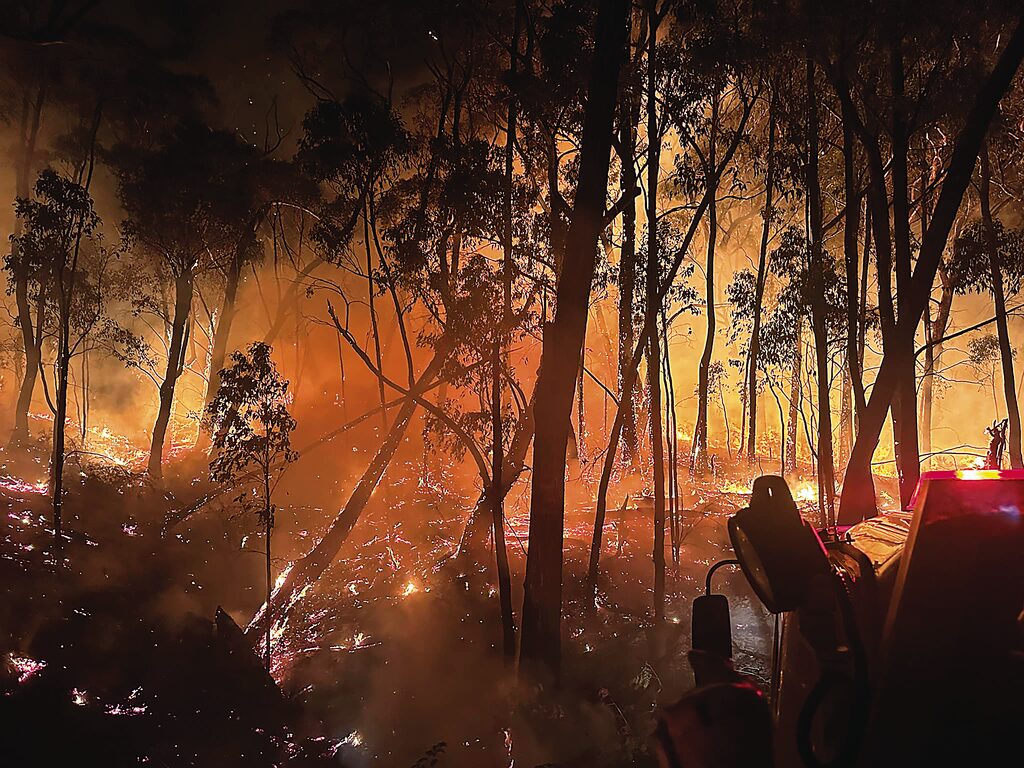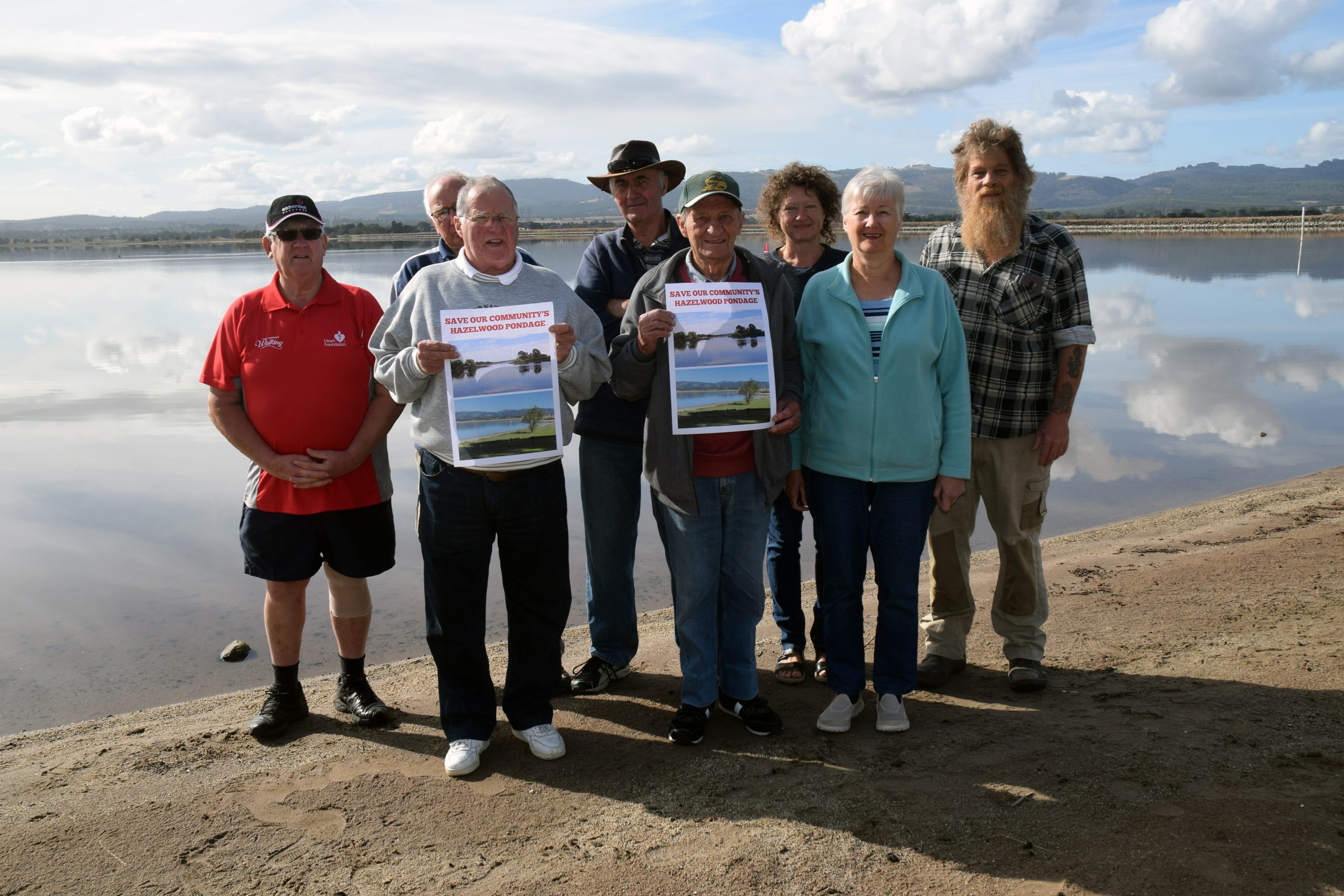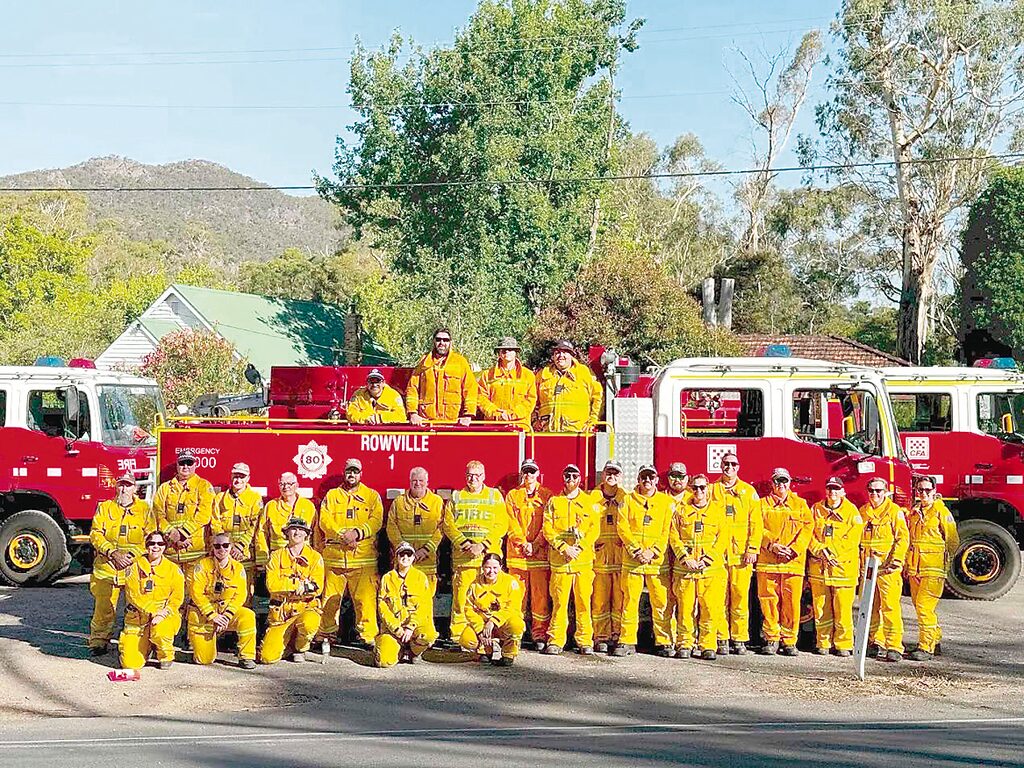By BLAKE METCALF-HOLT
STRIKE teams from local CFA districts headed to western Victoria to help contain the prolonged Halls Gap and Grampians National Park bushfire during the holiday period.
Leaving on Boxing Day, a group of 24 people from across District 27 (Latrobe), District 9 (Baw Baw Shire) and District 10 (Wellington) undertook three night shifts to combat the devastating and sprawling blaze.
Strike teams were made up by an abundance of local brigade members, including from across the 22 brigades in the Latrobe Valley.
Settling 90 minutes from the fire area at Victoria Park in Ballarat, they assembled on the eastern side of the fire near Pomonal and Moyston, led by Traralgon Fire Brigade Captain, Adam Townsend.
“There was others in there before (us). So we were doing a night shift, there were some guys from District 8, which is the southern metro in Melbourne, who were doing day shift,” he told the Express.
“But our involvement was a part of the State Surge Capacity, so there was four strike teams that were deployed and they were sent anywhere that was required.”

Consisting of five tankers with 3000 litres of water and a forward command vehicle, the water was obtained mainly from static supplies such as dams or tank tops in a bid to control the flames that towered above emergency services.
Across the three days, the initial Gippsland strike team handled a range of tasks including direct firefighting, acid protection and blackout methods to make sure the fire area was cold enough to touch.
“(It was) all hand-in-hand. We come under the footprint of the Horsham Incident Control Centre and then we worked through a centre commander who then fed us to the operations officer. Then they’d pass instructions then to me as a strike team leader and obviously then we deployed my troops accordingly,” Capt. Townsend said.
He also noted the difficulty in simultaneously trying to coordinate a change over with day shift crews while actively firefighting from the fire front.
A second Gippsland strike team led by Mark King then travelled west, working through as the calendar flipped to 2025.
The subsequent group bolstered 28 people, again working three night shifts from December 29 through to New Year’s Day, with five tankers and a forward command vehicle.
Leading up to the final weekend’s elevated fire danger, firefighters conducted burning out operations to reduce vegetation and strengthen containment lines.
“We were helping with Fire (Rescue Victoria) burn-out areas between roadside and the main fire to contain the fire… on the Grampians Road and Sundial Road… right in Halls Gap itself,” Mr King said.
The Grampians National Park bushfire was marked contained on January 6 after 21 days of burning, with the official warning downgraded to advice level and residents permitted to return to their properties.
The cool weather change and downpour of rain brought relief to residents and firefighters alike after the heat rose to 40 degrees across the final weekend of burning in parts of the region.
Beginning on December 17, the blaze destroyed four homes and 40 outbuildings across more than 76,000 hectares of national park and farmland, with a fire footprint circumference of 422 kilometres.
Emergency Management Victoria confirmed preliminary data indicating that 775 sheep, one horse, one beef cow and 1285 beehives were burned during the period.
In addition, more than 13,500 hectares of farmland and 10,000 hectares of pasture were burned and 540 kilometres of fencing was damaged.

Firefighters and aircraft were actively patrolling the areas in and around the national park throughout the elevated fire danger period, addressing hotspots early and preventing any further spread of the existing fire.
Crews worked alongside Forest Fire Management Victoria (FFMV), who were using dozers to construct containment lines.
Melbourne Water firefighters were also deployed under FFMV to protect water catchments and communities.
Halls Gap and the Grampians National Park remained closed to visitors over the following days.











